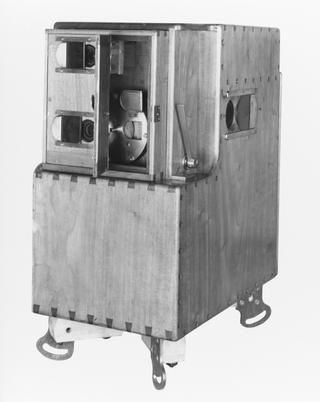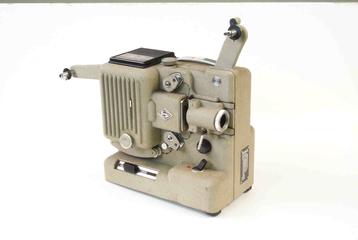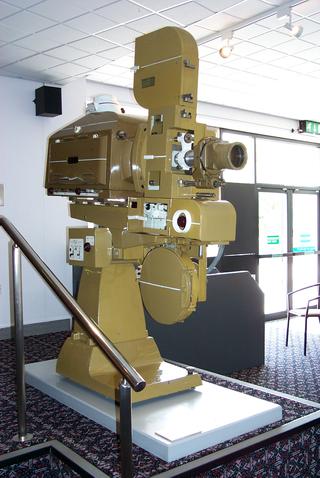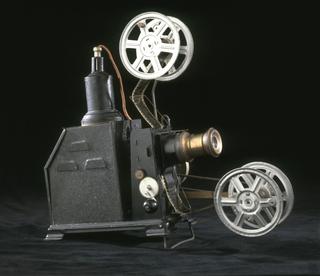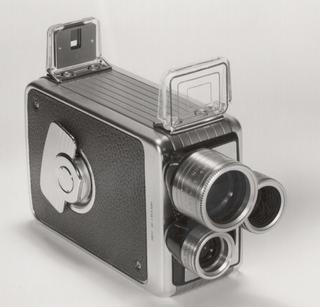Replica of Zoetrope
Replica of Zoetrope, without base, c. 1860
More
The concept of the Zoetrope was first suggested in 1833 by the Austrian scientist Simon Stamfer (1792-1864), but it was not commercially exploited until 1867. It was a development of the Phenakistoscope (where a single visitor viewed images on a spinning disc in a mirror through slits in the disc). Using the Zoetrope, several viewers could look through slits in the drum simultaneously to see the drawings move and it became a popular optical toy.

